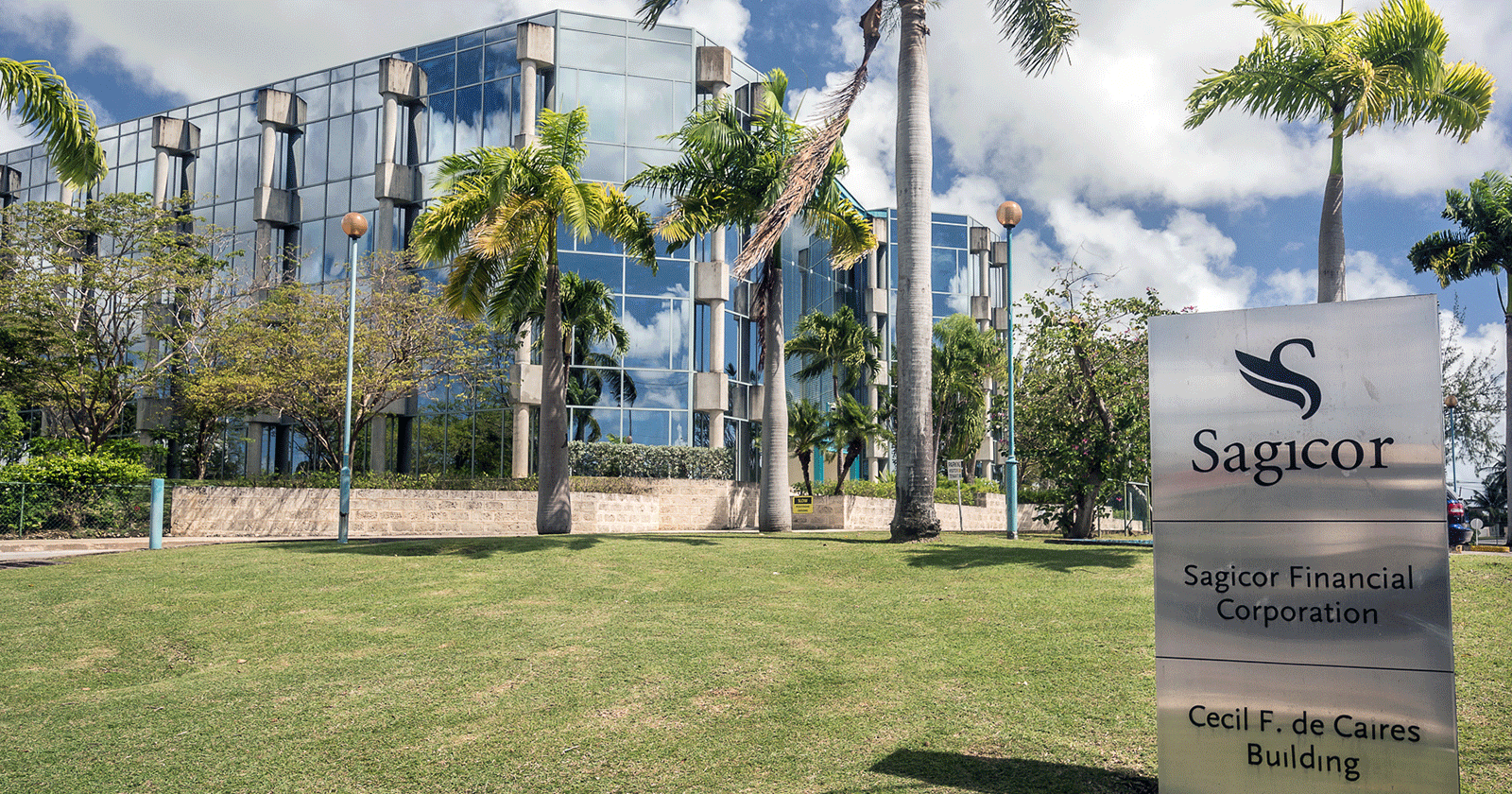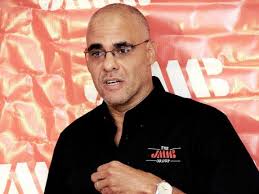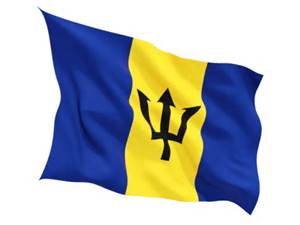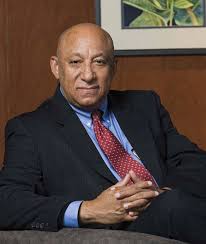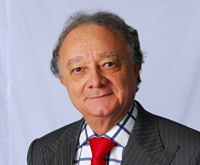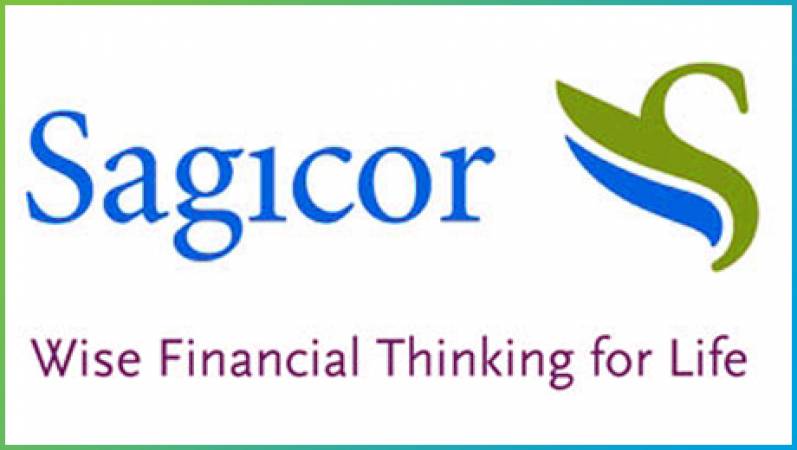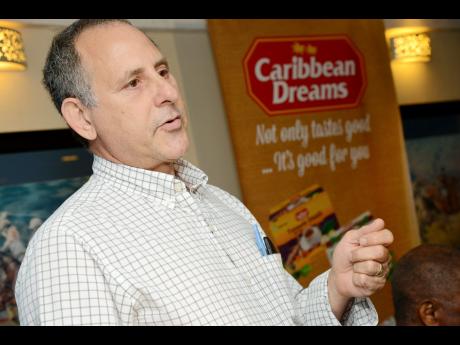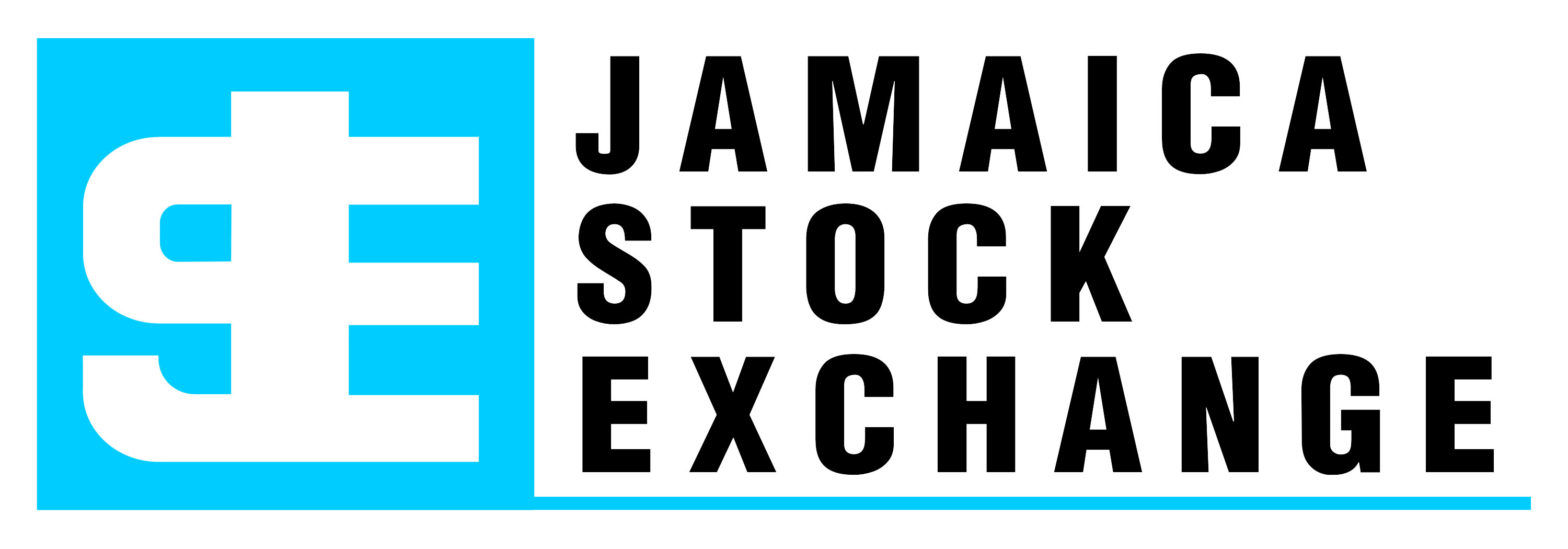Know When To Hold And When To Fold
In its almost 177 years of history, Sagicor has redefined financial services from the perspective of an indigenous operation which did not originate in Europe nor in North America. Within the period, the company, whose major shareholder is in Barbados, has transformed itself from a local single-line life insurance company to a financial services group with a solid regional base.
The ultimate parent company is Sagicor Financial Corporation (SFC), which is incorporated and domiciled in Barbados.
Sagicor has in the time of its existence expanded into the international financial services market, reversing the flow of investment typical of the region.
Growth has followed the streams of its main business lines: net premium income and net investment income. Business lines include individual life and health insurance and annuities; group life, health insurance and pensions; property and casualty Insurance. The Jamaican operation, which has a large investment portfolio in addition to its insurance business, is the main contributor to SFC revenue.
The group’s history began in 1849, when the Barbados Mutual Life Assurance Society was established and branches of the organization were opened in St Vincent, Trinidad and Tobago, Grenada, St Kitts, Antigua, Montserrat, Jamaica and Guyana.
Later, the Mutual Finance Company Ltd established and acquired the Travellers Portfolio, rebranding same in Aruba, Bahamas, Belize, Cayman Islands, Curacao, St Maarten and Haiti to Capital Life.
This was followed by the establishment of the Mutual Bank of the Caribbean in 1993, the first indigenous bank to Barbados, followed in 1994 by Mutual Financial Services and Caribbean Caricard Services.
The years 1996 to 1999 saw the establishment of Capital International Management Services established, Mutual Asset Management Inc, Mutual Funds Inc, the acquisition of the Panama branch of Atlantic Southern Insurance Company and in 1999 the acquisition of Island Life in Jamaica and Nationwide Insurance Company in Trinidad and Tobago.
Know when to hold
In 2000 the group acquired 23 per cent interest in Life of Barbados followed by the 2001 acquisition of Life of Jamaica in Jamaica and AllNation in the US.
Then, in 2002 the company acquired majority shares in Life of Barbados. In the same year a resolution was passed for the demutualisation of Barbados Mutual Life Assurance Society and the company was converted from Barbados Mutual Life Assurance Society to Sagicor Life Inc.
The holding Company, Sagicor Financial Corporation (SFC) was created and the company held the Initial Public Offering of Sagicor Shares, increasing shareholders to 49,000. SFC Listed on the Barbados Stock Exchange followed a year later by the listing on the Trinidad & Tobago Stock Exchange.
The Mutual bank was sold during these years, but in 2005 majority interest was acquired in Pan Caribbean Financial Services.
The company also expanded in the US with the acquisition of Laurel Life and its wholly-owned subsidiary, American Founders Life Insurance Company.
Life of Jamaica also acquired Cayman General Insurance.
In 2006 Sagicor executed a successful US$150 million Bond Offering on the US market and was subsequently assigned a Standard and Poor’s (S&P) financial strength rating of “BBB+”. One year later the company listed on the London Stock Exchange , proceeding to establish Sagicor Europe Ltd and acquiring Gerling at Lloyd’s Group in the UK, later rebranding it to Sagicor at Lloyd’s.
In 2008, it rebranded it’s insurance company, Life of Jamaica, to Sagicor Life Jamaica Limited and the company was listed on the Jamaica Stock Exchange.
Within the region, Sagicor, also acquired controlling interest in Barbados Farms.
In 2012, subsidiary Sagicor Life acquired the traditional life insurance policies of British American Insurance Company Limited in the Eastern Caribbean.
The group increased the size of its commercial banking operation in 2014 when the Royal Bank of Canada sold its Jamaican banking assets to Sagicor Group Jamaica Ltd.
On June 27 of that year, the Group completed the acquisition and rebranded the business as Sagicor Bank. Sagicor now operates in over 20 countries in the Caribbean, the USA, and Latin America.
The Sagicor Life Inc segment consists of the life insurance subsidiaries which conduct business in Barbados, Trinidad and Tobago, the Eastern and Dutch Caribbean islands, Belize, Bahamas and Panama. The main activities of this segment are the provision of life insurance, annuities, health insurance, pension investment and pension administration services.
Under its investment arm, Sagicor Real Estate X Fund’s hotel portfolio generated more than $5 billion of revenue for the company in 2015.
Sagicor X Fund, which listed as a start-up on the Jamaica Stock Exchange, is invested in hotels and related entity Sigma Real Estate Portfolio, which in turn is invested in three Jewel-branded hotels as well as commercial property.
In 2015 the fund concluded purchase of Double Tree in Orlando. Sagicor X Fund also acquired the Hilton Rose Hall Resort and Spa in Montego Bay.
The company’s venture into real estate, via the Sagicor XFund, under its investment arm, also demonstrates textbook use of creative financing into the region’s largest and most profitable sector.
While resort development is often considered the fiefdom of deep-pocketed internationals, the company has shown that a home grown Caribbean company can profit to the benefit of a wide body of shareholders.
Know when to fold
However, its history has not been without setbacks. The organisation has had moments when investments had to be shuttered, as in the case of its insurance business in London which it has exited.
In 2013, Sagicor discontinued Sagicor at Lloyd’s business, consisting primarily of property and casualty insurance business, after consistent losses.
Strategy Driven Growth
But, for over a decade, operations centred in Jamaica have achieved an unbroken profit record.
The consolidated net profit attributable to stockholders for Sagicor Group Jamaica Limited for the year ended December 2015 was $9.79 billion, a 15 per cent improvement over 2014’s $8.51 billion.
Return on average Stockholders’ Equity (ROE) was 21 per cent.
At the beginning of August 2015 the group launched a new banking technology platform and amalgamated the former RBC and Sagicor banks portfolios into the new Sagicor Bank. Sagicor’s history provides textbook reading for any organisation in the services sector which wishes to grow both organically and by acquisition, as this company has done. Overall, the trajectory of strategy-driven growth is instructive. BM

 Businessuite Women2 weeks ago
Businessuite Women2 weeks ago
 Businessuite News244 weeks ago
Businessuite News244 weeks ago
 Businessuite News24 International4 weeks ago
Businessuite News24 International4 weeks ago
 Businessuite News243 weeks ago
Businessuite News243 weeks ago
 Corporate Feature4 weeks ago
Corporate Feature4 weeks ago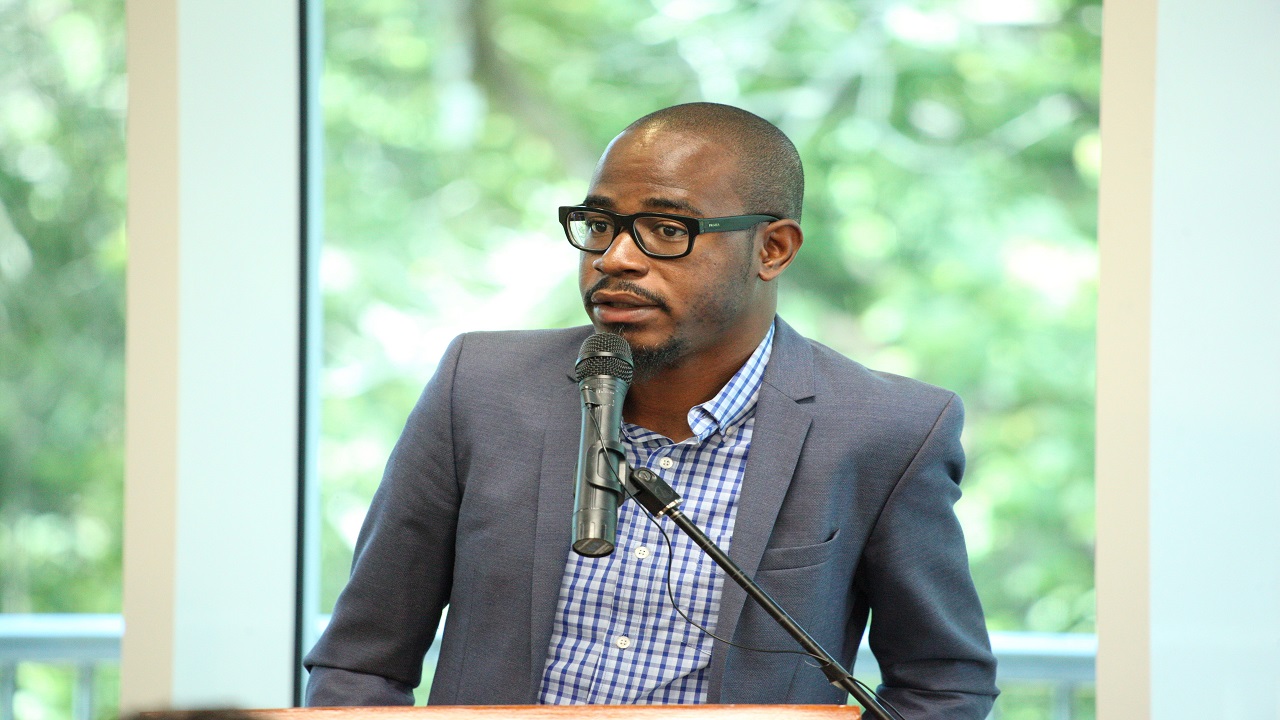
 Business Insights2 weeks ago
Business Insights2 weeks ago
 Businessuite Markets3 weeks ago
Businessuite Markets3 weeks ago
 Businessuite Women4 weeks ago
Businessuite Women4 weeks ago

